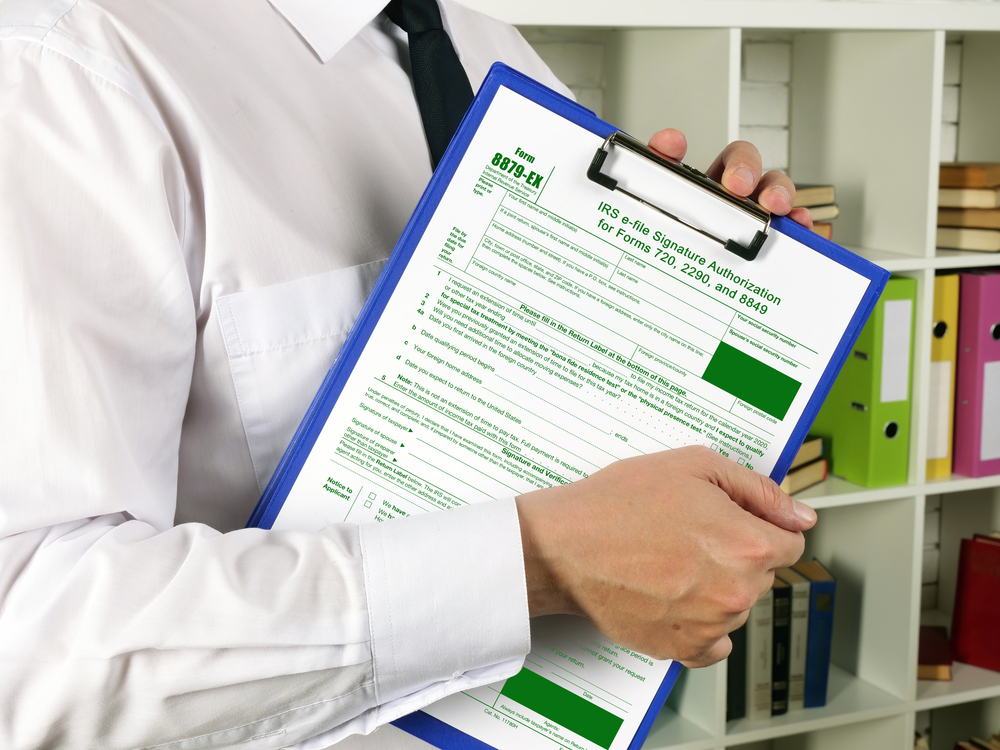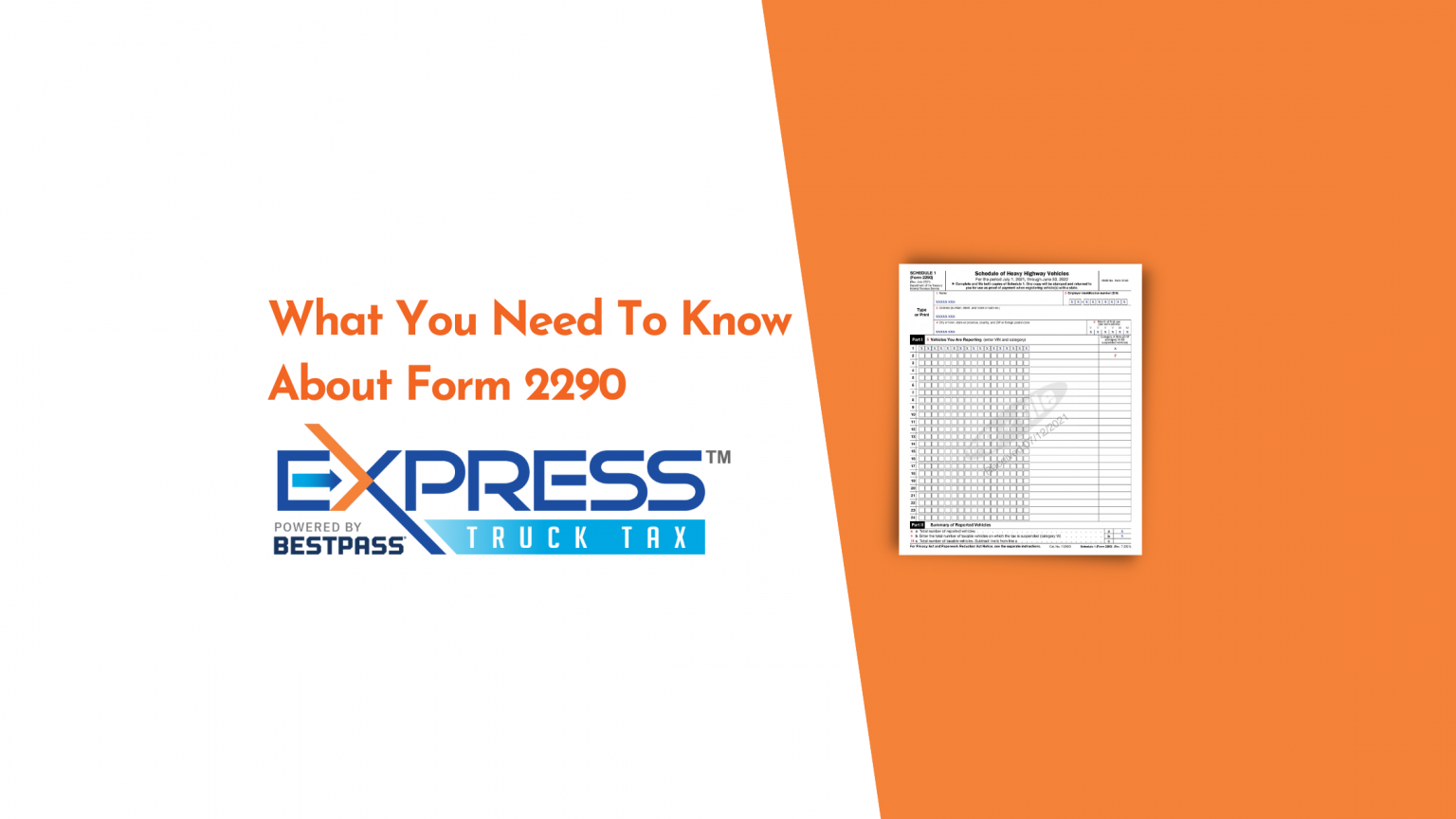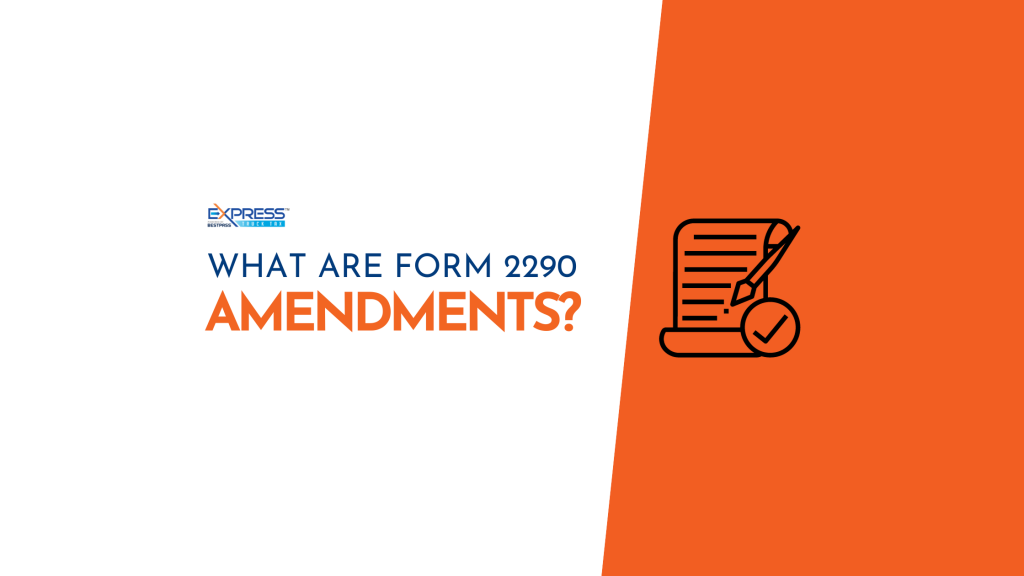
The United States tax system operates on a pay-as-you-go basis, which means taxpayers are required to pay most of their tax during the year, as they earn or receive income. This requirement applies not only to employers, who withhold taxes from their employees’ paychecks, but also to individuals who are self-employed, such as owner-operator truck drivers. For these independent workers, the Internal Revenue Service (IRS) mandates the payment of quarterly estimated taxes.
Quarterly taxes are payments made every three months to the federal government and, when applicable, to state governments. Estimated tax payments are calculated based on the income that you expect to earn and the estimated tax liability on that income, including self-employment tax and any other taxes you are liable for.
The importance of Staying on Top of Tax Payments for Small Fleet Owners
Self-employed drivers must understand and respect this payment structure for several reasons:
1. Cash Flow Management: By paying taxes quarterly, owner-operators can better manage their cash flow, avoiding the pressure of a single, large tax payment at year-end.
2. Avoidance of Penalties: The IRS imposes penalties for underpayment of taxes. By correctly calculating and making quarterly payments, owner-operators can steer clear of these penalties.
3. Predictable Financial Planning: Knowing what and when to pay can help owner-operators plan their finances more predictably, contributing to overall business stability.
When preparing to make these estimated tax payments, owner-operators will need several forms. The key form for federal taxes is Form 1040-ES, “Estimated Tax for Individuals.” This form helps calculate the estimated tax required to be paid each quarter. If required by your state, a corresponding state-specific estimated tax form must also be completed.
Failure to meet quarterly tax obligations can have serious consequences, including:
Underpayment Penalty: If you do not pay enough tax through withholding or quarterly estimated payments, you may be charged a penalty for underpayment of estimated tax.
Interest Charges: Like any overdue payment, any unpaid taxes will accrarily interest until the balance is paid in full.
Compounded Debt: Continual failure to pay taxes can lead to a compounded debt that is more difficult to settle in the future, encompassing taxes, penalties, and interest.
For more information on self-employment taxes and current rates, owner-operators can refer to the IRS website.
Meeting the challenge of quarterly tax payments may seem daunting, but with careful financial planning and disciplined saving, owner-operators can ensure compliance with tax regulations, reduce the risk of financial shocks, and maintain focus on the road ahead.
Keeping Detailed Records of Expenses
Maintaining meticulous records of expenses is essential for proper tax preparation, primarily due to the need to substantiate any deductions claimed on tax returns. Precise records provide a clear account of all expenditures, helping to ensure that you are only paying taxes on your net income after legitimate business expenses are extracted. In the event of an audit by the IRS, comprehensive records will serve as your first line of defense, demonstrating that your deductions are valid and accurate.
Effective strategies for organizing and storing receipts include:
Digital Organization: Utilize mobile apps and cloud-based tools designed for expense tracking where you can upload and categorize receipts immediately after incurring an expense. Examples include QuickBooks, Expensify, and Receipt Bank.
Physical Filing System: Establish a well-labeled physical filing system with folders or binders sorted by month, expense type, or another logical categorization that works for your business operations.
Regular Reconciliation: Schedule weekly or monthly sessions to reconcile receipts with bank statements and credit card statements, ensuring that all expenses are accounted for and recorded correctly.
Types of Deductible Expenses
Deductible expenses are specific costs that are necessary and customary for the operation of your business. Common work-related expenses that owner-operators can deduct include:
Food: While on the road, meals are a necessary expense. However, the IRS only allows for partial deduction considering the personal nature of food consumption.
Fuel: Perhaps the most significant expense for truck drivers, fuel costs can be meticulously documented and claimed as deductions.
Lodging: Overnight stays while on long hauls are deductible, provided they are necessary for the completion of work.
Vehicle Maintenance: Regular maintenance and necessary repairs to ensure the safe and efficient operation of the truck are fully deductible.
Insurance Premiums: Insurance for the vehicle and cargo is not only prudent but also a deductible expense.
Licenses and Permits: Any fees associated with obtaining and maintaining required professional licenses and permits are deductible.
Equipment: Necessary gear, from safety equipment to electronics that facilitate your business activities, can often be claimed.
Depreciation: Owner-operators can deduct the cost of their truck and other capital assets over time through depreciation deductions.
Retaining receipts for all these expenses is critical, as they serve as proof that the expenditures were indeed made and relate to the operation of your business. It is important to note that personal expenses or any portion thereof cannot be deducted.
For more guidance on what constitutes a legitimate business expense and how to properly document it, owner-operators can refer to IRS Publication 463 (Travel, Entertainment, Gift, and Car Expenses).
In summary, meticulous record-keeping is pivotal for tax accuracy and compliance. By regularly tracking and properly categorizing every business expense, owner-operators can optimize their tax deductions, ultimately reducing their taxable income and potential tax liability while remaining prepared for any IRS inquiries.
Exploring Tax Credits
Let’s review possible tax credits that small fleet owners can take advantage of:
COVID-19 Related Tax Credits
The outbreak of the COVID-19 pandemic led to significant economic disruptions, prompting the federal government to introduce a range of tax credits aimed at easing the financial burden for individuals and businesses. Understanding these credits is crucial for taxpayers, as they can substantially decrease the amount of tax owed and, in some cases, result in a refund.
The Families First Coronavirus Response Act (FFCRA): Initially provided paid sick leave and expanded family and medical leave for COVID-19 related reasons and created the corresponding tax credits for eligible employers. Tax credits for sick and family leave can be claimed for wages paid for leave taken due to COVID-19 reasons, including quarantine and vaccination.
Employee Retention Credit (ERC): Originally introduced under the CARES Act, the ERC encourages businesses to keep employees on their payroll. While the availability of this credit has changed over time, it can cover a percentage of wages and health insurance costs paid to employees. Eligibility has evolved, with varying criteria for different periods during the pandemic. It’s essential to review the updated guidelines to determine if your business can still benefit from this credit for past payroll periods.
Recovery Rebate Credit (Stimulus Checks): Taxpayers who did not receive the full amount of the Economic Impact Payments (stimulus checks) may be eligible to claim the Recovery Rebate Credit on their tax return. If the full Economic Impact Payment was not received, a reconciliation on the tax return could lead to additional credit, reducing the tax liability or contributing to a tax refund.
Charitable Donations:
Charitable contributions can play a transformative role in reducing tax obligations for taxpayers who itemize deductions. However, the rules surrounding charitable deductions are nuanced and demand careful consideration. To be deductible, donations must be made to qualifying organizations as outlined by the IRS. Not all organizations with a charitable purpose will meet the criteria for a tax-deductible contribution.
Itemizing vs. Standard Deduction: Taxpayers must itemize deductions on their tax returns to deduct charitable contributions. This may be beneficial if total itemized deductions exceed the standard deduction for the filing status.
Documentation and Limits: Proper documentation is required for all charitable donations, including receipts from the charitable organization, bank records, or a written acknowledgment for gifts valued at $250 or more. There are limits to how much can be deducted in a given year based on a percentage of the taxpayer’s adjusted gross income (AGI), with any excess potentially carried over to subsequent tax years.
Appreciated Assets: Donating appreciated assets, such as stocks or real estate, can provide additional tax benefits. Taxpayers may be able to deduct the fair market value of the asset while avoiding capital gains taxes that would have been incurred if the asset had been sold.
By strategically engaging with tax credits and maximizing charitable donations, taxpayers can effectively manage their taxable income. However, it is recommended to consult with a tax professional to ensure compliance with the complex tax laws and to optimize the benefits these provisions offer.
In conclusion, understanding and efficiently managing tax obligations is essential for owner-operators and small fleet owners in the United States. By adhering to the pay-as-you-go system through quarterly estimated tax payments and maintaining meticulous documentation of deductible expenses, these independent workers can avoid penalties, manage cash flow effectively, and plan their finances predictably.
Additionally, exploring available tax credits, especially those related to recent developments like the COVID-19 pandemic, as well as maximizing charitable contributions can significantly lower tax liabilities. Diligence in record-keeping and strategic financial planning are critical for ensuring compliance, optimizing deductions, and securing a stable financial future in the competitive and demanding environment of the trucking industry.










